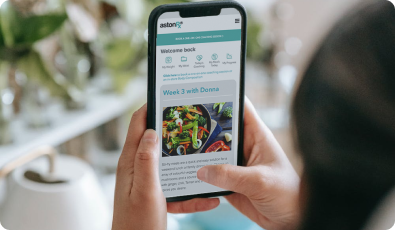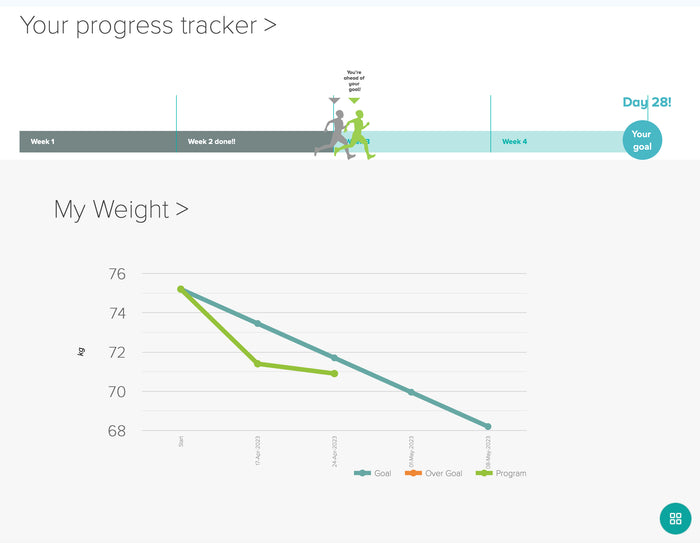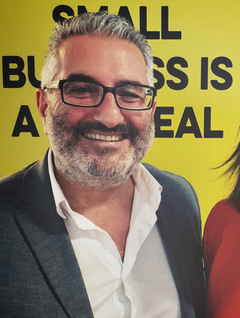Some trends should stay in the past — and outdated nutrition advice is one of them. In the 1970s, low-fat was king and carbs were crowned as health food. White bread, rice, and potatoes were praised. Fatty foods like avocados, nuts, and salmon? Demonised.
Fast-forward to today and it’s clear: that approach didn’t age well.
Why the Carb Confusion?
Early dietary guidelines focused on nutrients, not foods. Calories were counted without considering where they came from. “A calorie is a calorie” became the mantra — but it’s just not true. A handful of veggies and a handful of jellybeans may deliver similar calories, but they do very different things in the body.
Refined carbs, in particular, spike blood glucose and trigger insulin — the hormone that tells your body to store fat. Over time, this pattern leads to weight gain, increased hunger, and metabolic issues.
How Digestion Affects Your Metabolism
The path from food to fat storage isn’t simple. Here’s a more complete view of how carbs affect your body:
- Food enters the digestive system, bringing with it carbs, protein, and fat.
- Digestion breaks down food — through chewing, stomach acid, and enzymes like amylase — into absorbable nutrients.
- Absorption happens in the small intestine, where carbs are converted into glucose and enter the bloodstream.
- Hormones like insulin, GLP-1, and Peptide YY are released in response, directing how your body uses or stores energy.
- Weight Gain occurs when insulin levels stay high, encouraging fat storage and blocking fat burning.
Refined carbs are essentially “pre-digested” — think white flour or instant oats — so they’re absorbed lightning-fast, spiking insulin and encouraging fat gain. In contrast, less processed foods take longer to digest and release glucose more gradually, leading to better metabolic control.
The Power of Starch Types
Not all starches are equal. Carbs are made of glucose chains — and the way those chains are structured determines how they behave in your body.
- Amylopectin: Highly branched and easy to digest. Found in foods like white rice and wheat. Triggers a fast glucose spike.
- Amylose: Linear and tightly packed. Slower to digest. Found in beans, quinoa, and high-amylose rice. Helps reduce the insulin response.
Even among similar foods, there are big differences. Sticky rice (low in amylose) spikes glucose. Basmati or parboiled rice (higher in amylose) digest slower.
And oats? Here’s how they rank:
- Steel-cut oats: Minimal processing, high fibre, slow digestion, low glycaemic impact
- Rolled oats: Steamed and flattened, moderately processed, medium glycaemic impact
- Instant oats: Highly processed, quick to digest, high glycaemic impact.
The more processed the oat, the faster it spikes blood sugar — even though the calories are identical.
Resistant Starch & Gut Health
Some starches resist digestion altogether — known as resistant starch. Instead of being absorbed in the small intestine, they travel to the colon where they’re fermented by gut bacteria into Short Chain Fatty Acids (SCFAs) like butyrate, acetate, and propionate.
These SCFAs:
- Support gut health
- Trigger satiety hormones (like GLP-1 and Peptide YY)
- Help reduce insulin levels and appetite
Resistant starch is found in foods like:
- Cooked and cooled rice or potatoes
- Green bananas
- Lentils, beans
- Chia seeds
Bonus: cooking and cooling rice increases resistant starch by 2.5 times. Reheating rice doesn’t reverse this benefit — but it does for potatoes.
Simple Tips for Smarter Carb Choices
✅ Choose slow-digesting, whole foods
✅ Include fibre-rich foods to slow digestion and enhance satiety.
✅ Pick whole, intact grains over processed options.
✅ Understand glycemic impact — and aim for lower.
✅ Balance carbs with healthy fats and protein to blunt insulin spikes.
Bottom line: Carbohydrates aren’t the enemy — but refined, rapidly digested ones might be. By choosing slow carbs, fibre-rich foods you can steady your blood sugar, reduce hunger, and support long-term weight control.
Carbs don’t need to be cancelled — just cleaned up.
























